Meet the CEO who built a million pound business in home staging while still a teenager
Job title: I’m the CEO and founder of The PropertyStagers, we furnish and stage properties for sale. The company generates over a million pounds a year and we stage around 400 properties annually, working mainly with property developers whether they have just one property or a block of apartments.
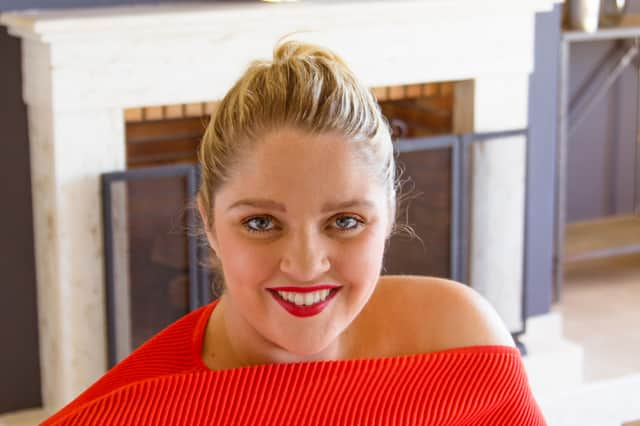

We cover the whole of the UK and have a team of ten, in roles such as home stylists, delivery drivers and office staff.
Advertisement
Hide AdAdvertisement
Hide AdWe also supply furniture packages for serviced apartments, student residences and long term rentals. That grew naturally out of the original business as clients started to ask to buy the furniture. We developed into manufacturing our own furniture lines and that is now about 50 per cent of the business.
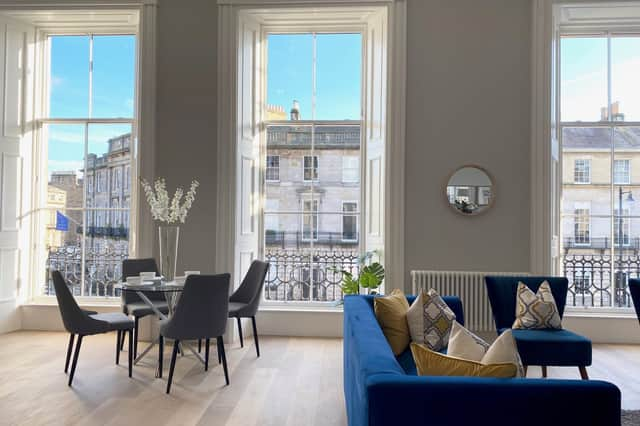

How did you get started? I started the business when I was 16, nine years ago. I was still in school, but my mum invested in property and she had a house that she was trying to sell.
It was empty and sat on the market for months with no offers so I decided to stage it, and looked for a company that offers the service. Discovering that there wasn’t anyone doing that, affordably, I did it. It sold in three days and the business was born.
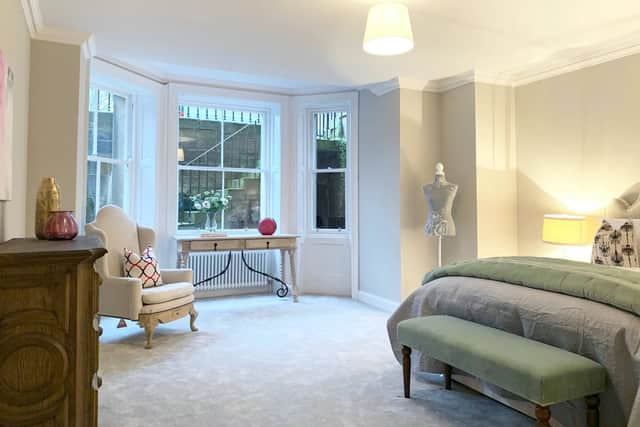

What are the advantages of home staging? Most buyers can’t visualise how they would live in a space without furniture, so it is a real advantage to sellers to furnish and dress a property for sale.
My company owns furniture which we rent to clients for six weeks, initially. We carry out a consultation to find out who the likely buyer will be – whether that is a couple, young people who are first-time buyers, or a family. And then we design around that to create a purpose for all the rooms.
For instance, if it is a family home, we would tend to furnish one of the bedrooms for a child. If it is for downsizers, we might create a formal dining room.
What advice would you give to people wanting to sell an empty property? Repainting is a good idea to freshen the decor throughout.
You only need minimal furnishing – you don’t need TVs or wardrobes for instance.
Advertisement
Hide AdAdvertisement
Hide AdKeep the main colour neutral but add pops of colour, which is particularly important to make the place stand out when people are looking at it online.
Beds should be made up with white bedding, adding colour with throws – and two cushions maximum. Symmetrical double beds work well, with two bedside tables and matching lamps, styling like a hotel but not going overboard.
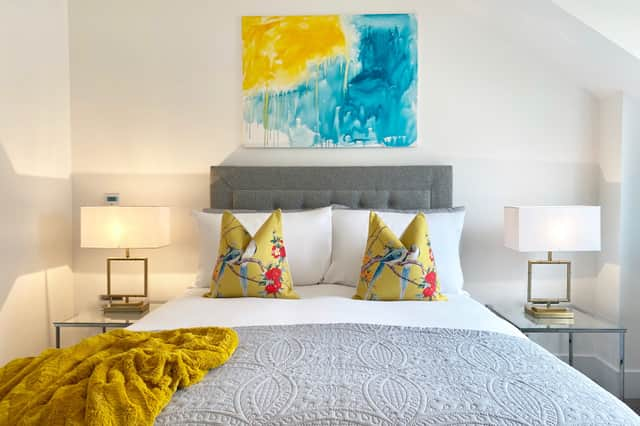

In the kitchen, everything should be removed from worktops, including items like a microwave and toaster, unless they are particularly aesthetically pleasing.
Then add in a few details, a nice cookbook, a couple of coffee cups and matching tea towels, to draw the eye without cluttering.
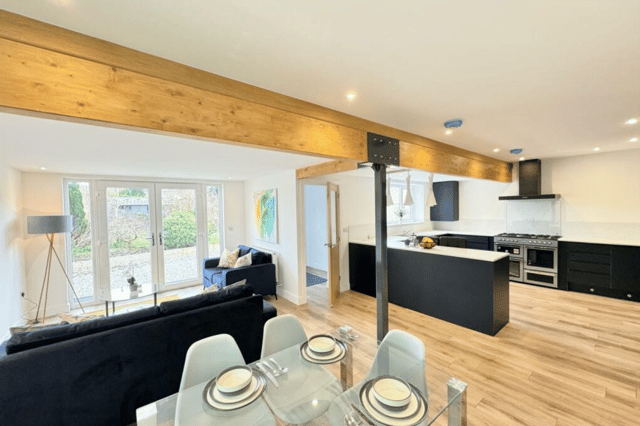

In bathrooms, you can add matching towels, candles, a vase, but take out anything functional, such as mats on the floor.
In a sitting room, I would advise putting in a three-seater sofa, with clean lines in a light colour, and add a coffee table with a couple of vases, just to let buyers imagine how they would use the space.
It can all be done on a budget – you can use your own things, or you can pick up second-hand items online.
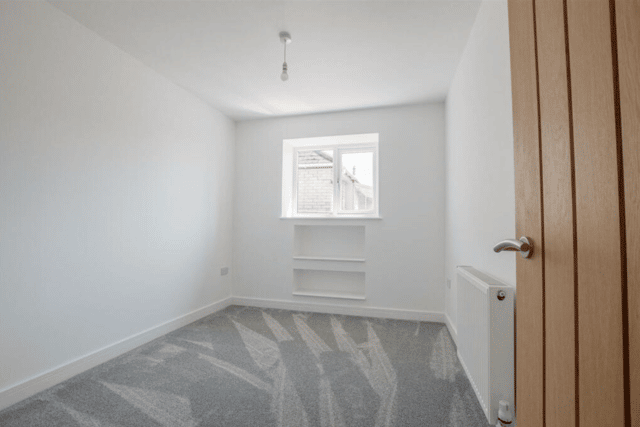

What is a typical day like? I live in Spain, where I have been remote working since I was 18, although I do spend time in the UK too.
Advertisement
Hide AdAdvertisement
Hide AdIt is a creative business, but it is also about logistics. You are managing sometimes upwards of 30 kits of furniture and knowing what is going where, how long it is staying there, and how it will be arranged.
My business tripled in size when I first moved over, because I started to work on the business rather than in it. I could concentrate on growing it, looking for new clients and planning where it was going, rather than day-to-day tasks.
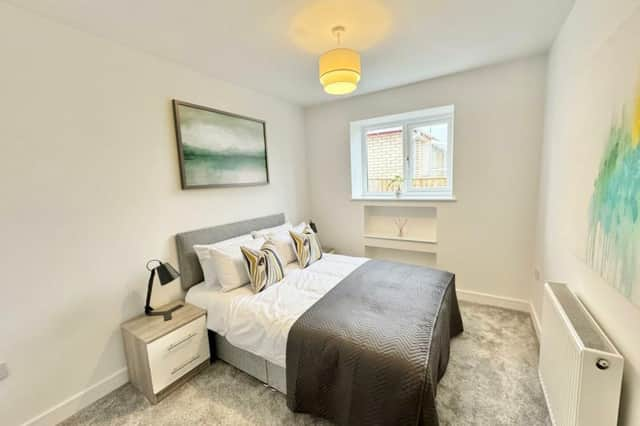

You also have a business, Stagerboss, training others to home stage. How did that come about? A lot of people asked how I grew my business and I was too busy to help them individually, so I built a course explaining. Since then, I’ve trained 400 people in person, mainly women, and 40,000 have accessed the course online. People ask why I would coach people to set up a business which could be in competition, but I believe there is more than enough work to go round. Especially for women with young children, staging properties can be easily built around childcare.
I find passing on my experience really fulfilling.
Comments
Want to join the conversation? Please or to comment on this article.